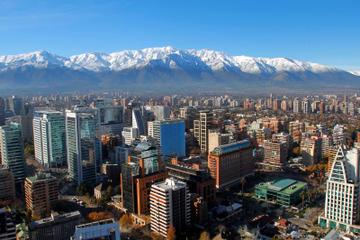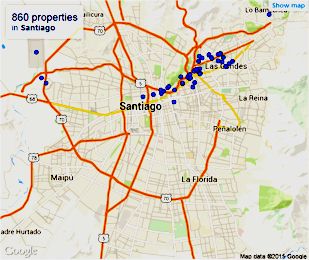« CHILE • Discover Chile • Santiago
Discover magical Santiago
Compared to other cities in Latin America, Santiago feels distinctly European. Its stately, dignified boulevards and neoclassical architecture, swanky high-rise suburbs, efficient metro system and, above all, general state of orderliness reflect a culture that is hard-working, prosperous and business-minded.
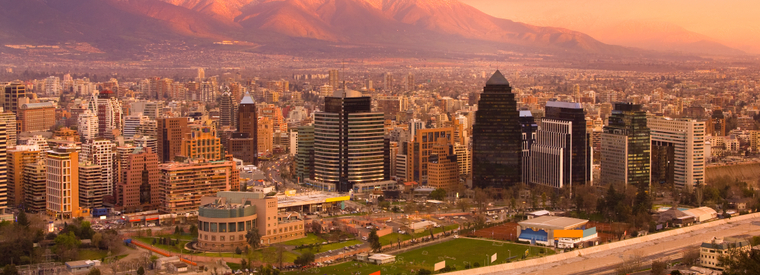
A | B | C | D | E | F | G | H | I | J | K | L | M | N | O | P | Q | R | S | T | U | V | W | X | Y | Z
» Ahumada Boulevard (Paseo Ahumada)
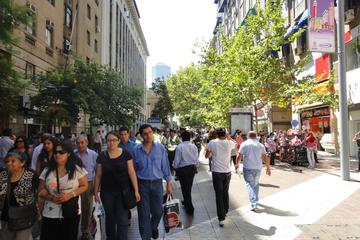
Santiago is a busy, walkable city, with a fairly compact downtown. But there are times when you've had enough of having to move along at the speed of the crowd, and wish you could have a more spacious place to be. And you can. There are three major pedestrian thoroughfares in downtown Santiago, Huérfanos, which runs west down from Cerro Santa Lucía, and both Paseo Ahumada and Paseo Estado, which stretch north from the Alameda towards the Mapocho River and Mercado Central …
» Bellavista
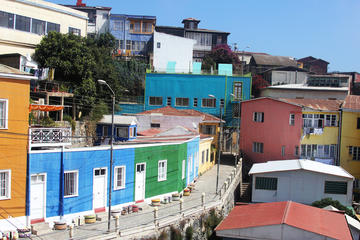
Bellavista, a walkable neighborhood not far from downtown Santiago, is routinely referred to as the city's bohemian neighborhood. There's street art and both sedate and raucous nightlife, art galleries, theater performances, dance clubs, loads of restaurants (both formal and informal) and one of Chile's most-visited museums, La Chascona. Even this museum has a colorful history; it is one of Chilean poet Pablo Neruda's homes-turned-museums. And the whole neighborhood is just a few blocks south of Cerro San Cristobal …
» Casablanca Valley
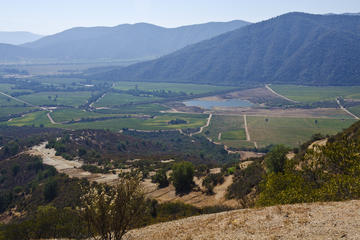
Its close proximity to the Pacific Ocean and unique mix of clay and sandy soils has made the Casablanca Valley one of Chile's top wine producing regions despite it's relatively new arrival on the scene. The first vines were planted in the mid-1980s - more than 100 years later than some of Chile's other notable wine regions. Visitors to the Casablanca Valley, which is best known for its white grapes, like Sauvingnon Blanc and Chardonnay, can enjoy an afternoon in the quaint city of Casablanca, before embarking on a tour of the scenic region …
» Central Post Office
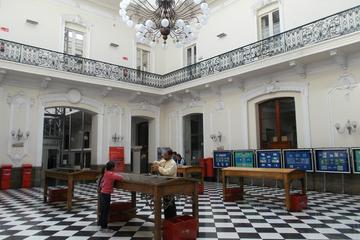
From the outside, the French-styled Correo Central (Central Post Office) is a frothy white wedding cake of a building, while inside its all tiered galleries topped by a beautiful glass dome. Built in 1882 on the northwest corner of Santiago's Plaza de Armas, the Central Post Office, designed by Chilean architect Ricardo Brown, has been a national monument since 1976. Next door to the Palacio de la Real Audiencia de Santiago, aside from buying your stamps, the Correo Central is also home to the Museo Postal y Telegrafico …
» Cerro Santa Lucia
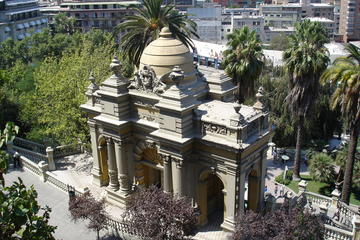
Cerro Santa Lucia is one of two hills that overlook Santiago, where in 1541 Pedro de Valdivia founded the city long before Chile existed as an independent country. At the time, the hill was called Huelén by the indigenous people; a nearby street (by metro Salvador) still bears that name. The hill rises about 230 feet over the surrounding part of the city, and there are excellent views of downtown from several terraces up there. Cerro Santa Lucia has three main constructions: the main entrance on the Alameda …
» Club Hipico
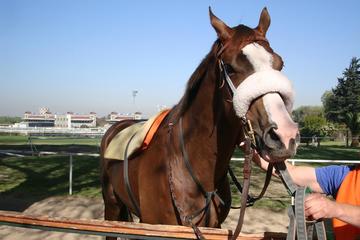
Santiago's Club Hipico (Club Hípico de Santiago) is the most exclusive of Santiago's race tracks. Dating back to 1870, it's the oldest racetrack in country and home to South America's oldest stakes race - the Clásico El Ensayo, making it the best place to see thoroughbred horse racing while in the Chilean capital. One of the country's three main tracks (the other two are Hipodromo Chile and Valparaiso Sporting Club), Club Hipico is known for its formal gardens, fountains, ponds, and views out to the Andes …
» Colchagua Valley
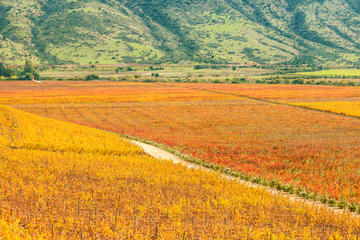
If you're interested in tasting some of the best wines Chile has to offer, you'll want to spend some time in the Colchagua Valley. Nearly two dozen area wineries are open to the public in what has become the country's most prominent wine region, where the dry climate, plentiful sunshine and loamy soil create ideal conditions for producing red - Cabernet Savignon, Carmenere and Merlot for the most part. The town of Santa Cruz sits at the heart of the region and is the most popular jumping off spot for wine tours in the surrounding valley …
» Concha y Toro Winery
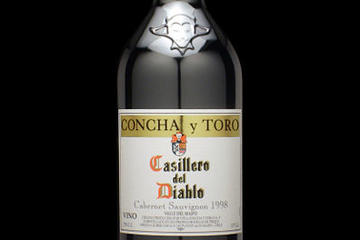
Chile is justly famed for its wine, and no Chilean vintage is better known than Concha y Toro. Founded just south of Santiago in 1883 by Don Melchor de Concha y Toro, a politician who was clearly a man of the people, this respected winery now has vineyards all over Chile. The original, with its evocative stone cellars and photogenic fields, is still in Pirque. Just outside Santiago's spreading city limits, this pastoral spot is the most convenient of all the Chilean vineyards to visit …
» Cousino Macul
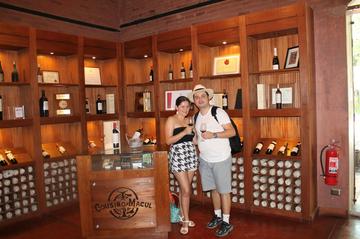
You might not expect a winery so close to the city of Santiago, but then, Santiago has been growing up towards the mountains in recent decades, so it's not so much that Cousiño Macul was built in the city as that the city has grown all around it. Cousiño Macul is a peaceful oasis in the district of Peñalolén, at the foot of the mountains, which are seen in the background over the planted fields. The winery was founded in 1856 by Matías Cousiño, and is still owned and run by the same family …
» El Morado Natural Monument
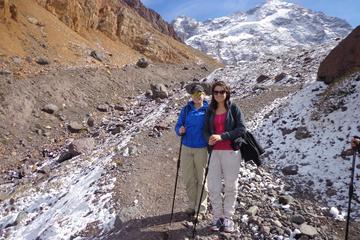
El Morado is the name given to one of the most popular hikes in Cajón de Maipo, an area that follows a narrow river valley south east of the city, heading up towards the Andes, and to Argentina. Along this serpentine road, there are loads of places to stop and eat everything from full meals to a traditional coffee and kuchen (German-style fruit pastry), and in the plaza in San José del Maipo (the main town), there are always handicrafts for sale. But further up the valley is the entrance to El Morado, a wide open uphill hike on which you can see the many striations of natural coloration in the rock …
» Estancia el Cuadro
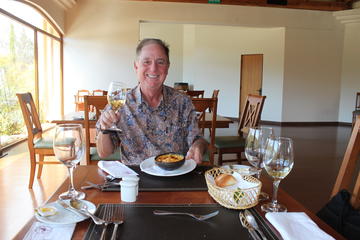
Estancia el Cuadro is maybe most well known for being the convention center for wine tourism in the Casablanca region and hosting a wide variety of cultural as well as wine-related activities. Apart from the sizable restaurant and meeting rooms, which are often used to accommodate weddings and big corporate events, there is also a rodeo field, a chapel, a wine garden and Casablanca's first wine museum. The latter offers a glimpse into the wine making process with original wine-making machinery and displays showing the different stages of distillation …
» Farellones and El Colorado
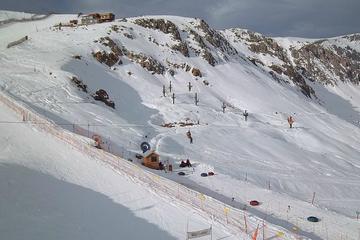
These two connected villages, only an hour away from Santiago, comprise one of the most popular ski centers in the country, both because of their proximity to the capital and their high number of ski runs. Ranging up to almost 11,000 ft (3,352m) above sea level, and with numerous ski classes available for those who need a refresher course, El Colorado is an ideal place to bring the family for a quick jump-start to the season. Nearly 70 runs graze the mountain in total, which receives an average snowfall of 15 ft (4.5m). Full equipment is available to rent …
» Isla Negra
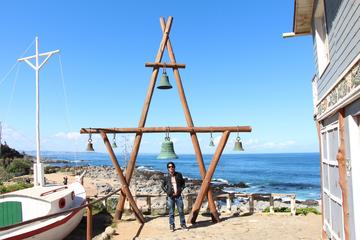
Isla Negra is one of three of Chile's favorite poet, Pablo Neruda's homes-turned-museums that are open to visitors. Despite what its name might indicate, it is on the Chilean coast, not on an island. The house is built to resemble a boat, complete with low ceilings and narrow hallways with small doorways. It is filled with Neruda's eclectic collections of knicknacks including glassware, ship figureheads, shells and other nautical-related collections, some of which are located in a room dedicated to ocean-related paraphernalia …
« CHILE • Discover Chile • Santiago




